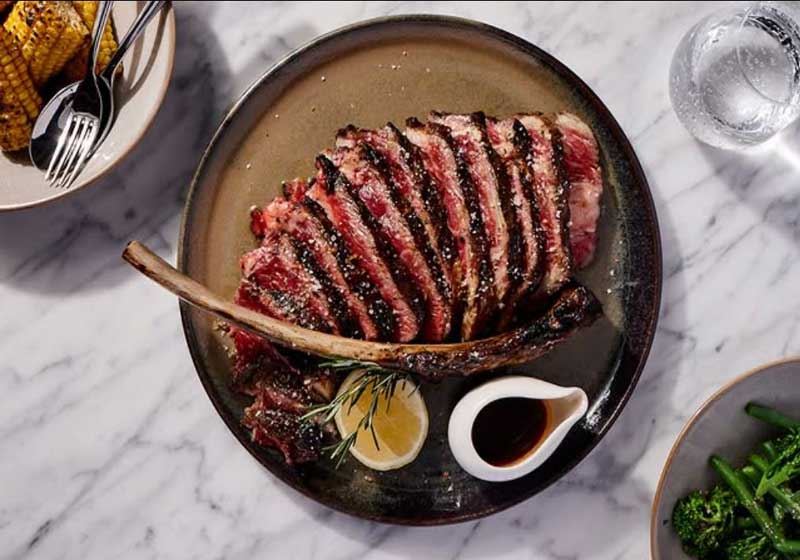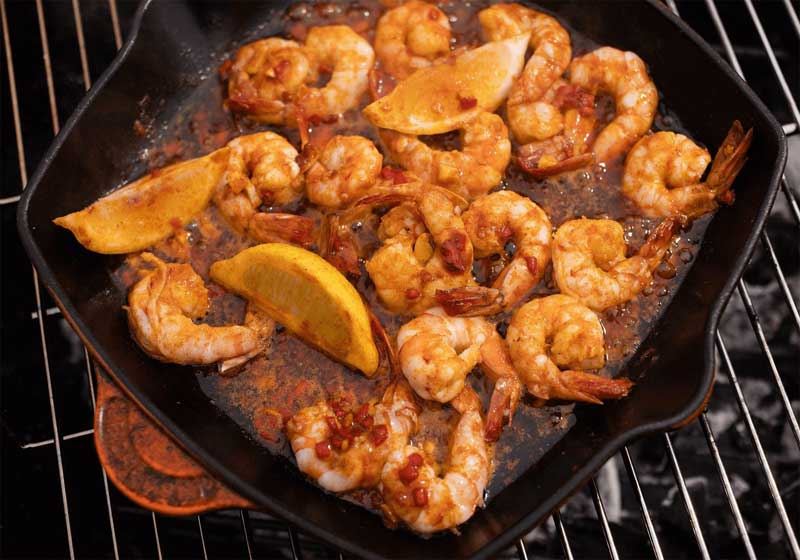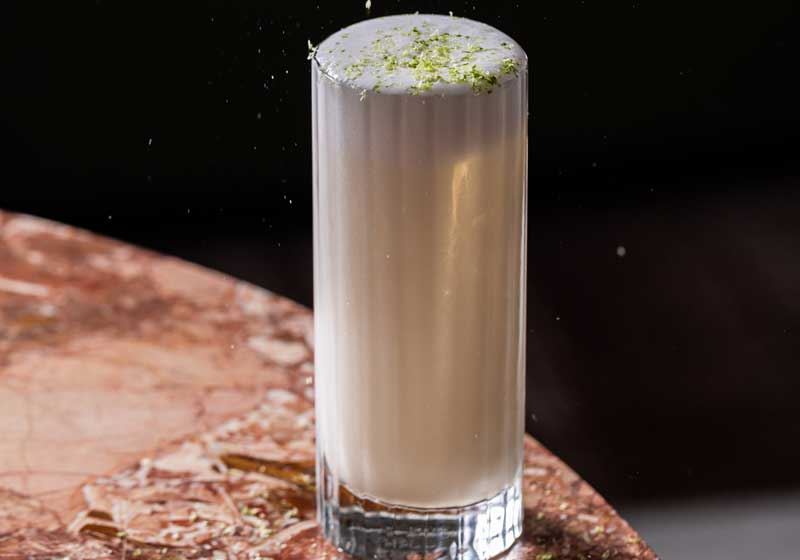Dry-aged meat at a restaurant or supermarket can cost twice as much as its younger counterparts, you can do it at home, better – and for free!
Exposing meat to cold, circulating air for an extended period of time gently dehydrates it, concentrating flavour and increasing the ratio of fat to muscle.
This process also tenderizes the meat, allowing naturally occurring enzymes to break down the meat’s carbohydrates, proteins and fats into super-flavourful sugars and amino acids like glutamate (natural MSG).
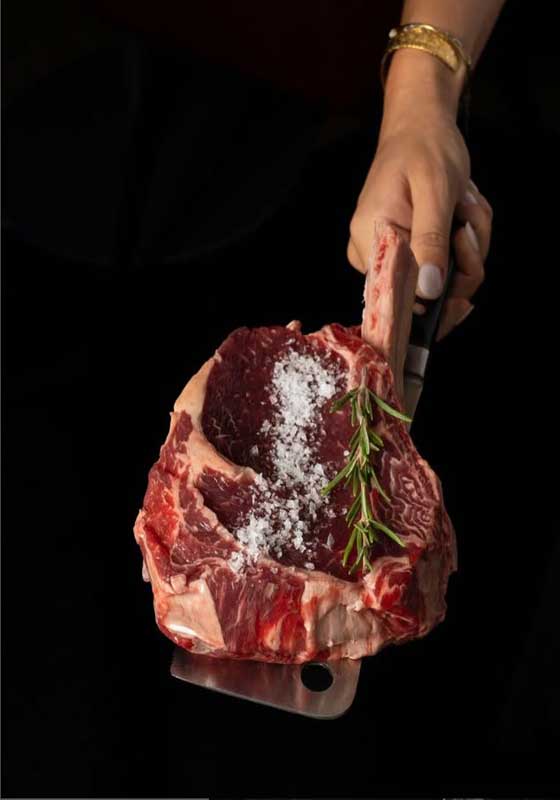
All you need to dry age at home is your refrigerator, a wire rack and a sheet pan.
Refrigerators have an air circulation to ensure freshness. By aging meat on an elevated wire rack, uncovered and near your fridge’s fan, will circulate air all around the meat, keeping it dry and cool.
The sheet pan goes underneath to catch drippings and keep your fridge clean.
Salt is the only seasoning that consistently and effectively penetrates through food, adding flavour, tenderizing and drawing out excessive moisture.
Sprinkle sea salt generously on meat before aging it – if you are looking for even more flavour, brush salty and savoury fish sauce on the meat’s surface.
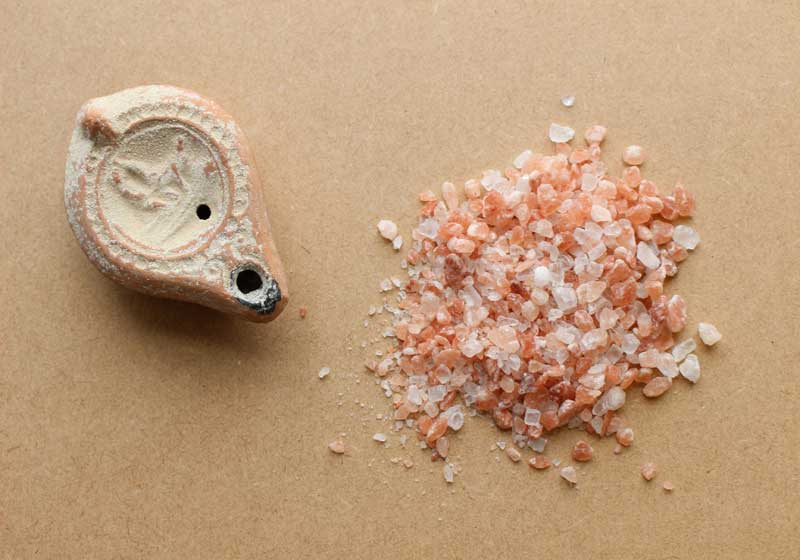
For more umami goodness, brush the meat with a salty wash of soy sauce, anchovy paste, crushed black peppercorns and grated garlic, before aging.
It’s important to avoid adding any oil to your seasoning, as fat creates a barrier preventing moisture from escaping as the salt penetrates inwards.
Beyond beef, dry-aging works wonders with a variety of proteins such duck breast, chicken wings and a rack of lamb. Even whole fish benefit from air-drying before being drizzled with olive oil and roasted whole in the oven.
The intense flavour and supple mouthfeel of aged meat makes it also great to serve raw. Thin slices of dry-aged beef with olives and salt is a simple yet decadent appetiser.
When you are ready to cook you can get an extraordinary sear out of any dry-aged meat on the stovetop because its dehydrated surfaces are extremely easy to caramelise.



